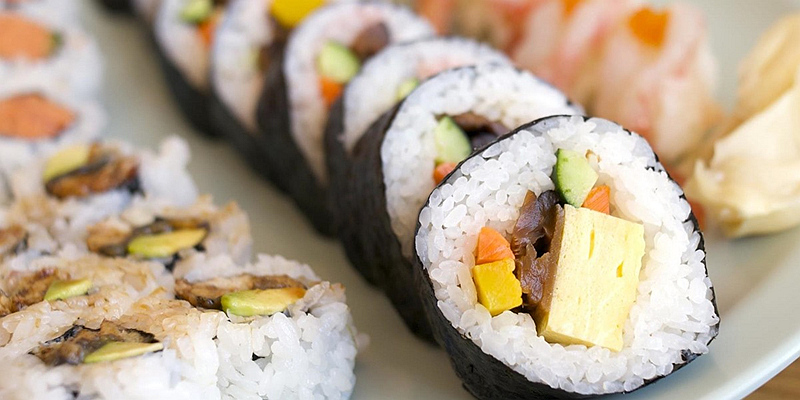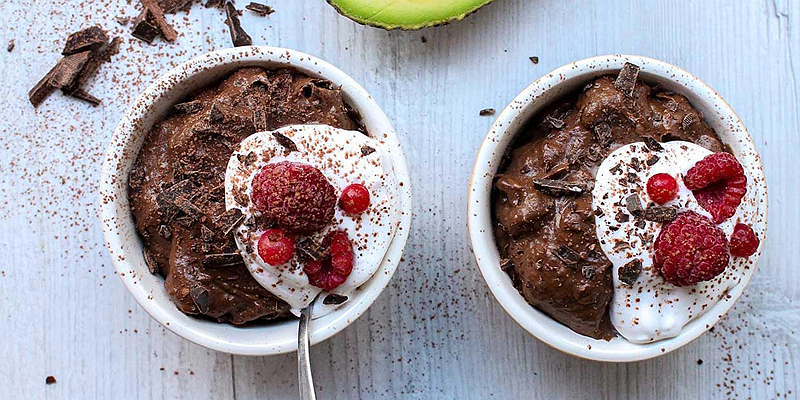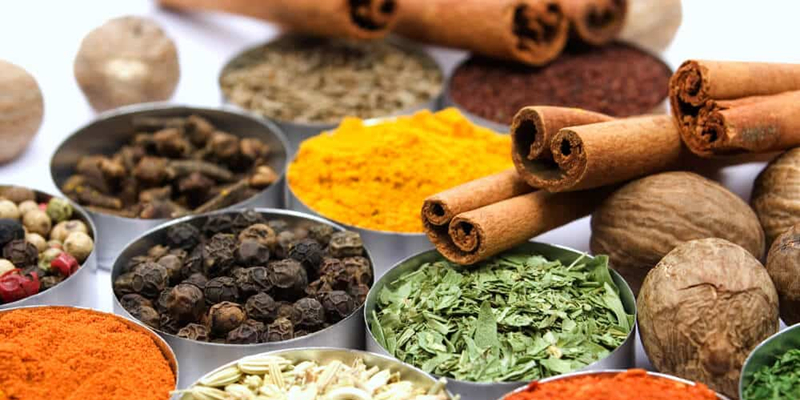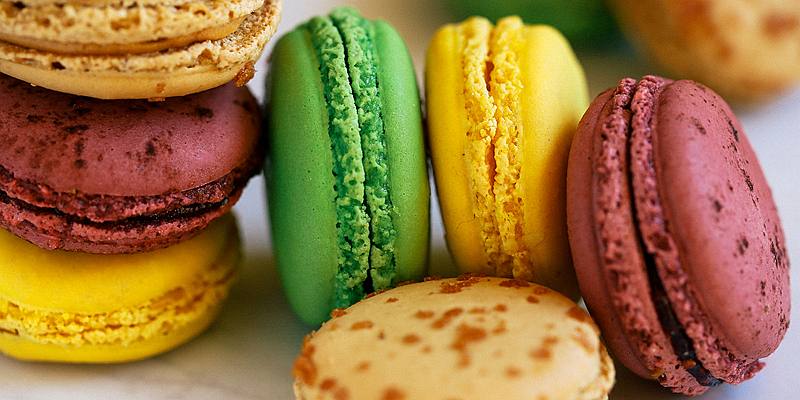How to Master the French Macaron
How to Master the French Macaron
Ah, the French macarona petite treat that captivates both the eyes and the taste buds. Its delicate shell, crisp exterior, and soft, chewy interior make it a favourite among dessert enthusiasts. Yet, for all its charm, mastering the art of creating these delectable confections can be challenging. Fear not! With the proper guidance, you'll soon be crafting macarons that rival those from Parisian patisseries. Let's embark on this sweet journey together and uncover the secrets to perfecting the French macaron.
Ingredient Precision Is Key
The first rule of the macaron-making club? Make sure to include quality ingredients. Since macarons have minimal ingredients, each one plays a pivotal role. Here's a quick rundown:
Almond Flour: This forms the base of your macaron. Opt for finely ground almond flour to achieve that smooth, delicate texture. Sift it multiple times to ensure no lumps.
Confectioners' Sugar: Also known as powdered sugar, this gives your macarons their sweetness. Always use fresh, lump-free sugar. Lumps can mess up the smooth tops of your macarons.
Egg Whites: Fresh, room-temperature egg whites whip up better and give more volume. Use eggs that have been aged for a day or two.
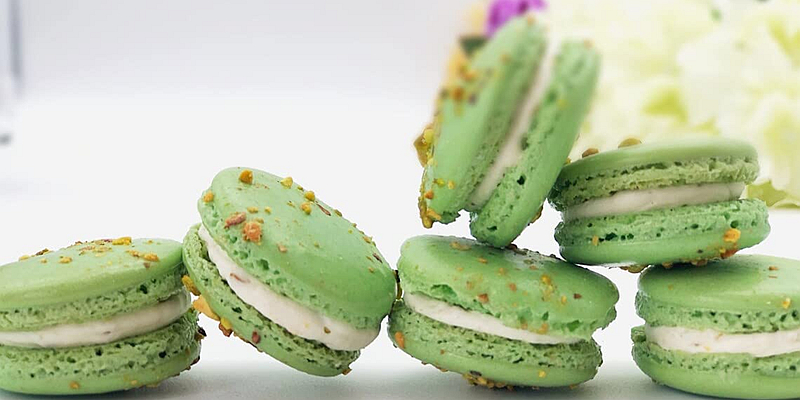
The Perfect Macaronage Technique
Macaronage might sound fancy, but it's just the process of folding and mixing your batter to the right consistency. Mixing them too much can make them flat, or too little will make them lumpy. Here's how to nail it:
Folding: Folding the almond flour with the help of a regular spatula, rubber preferred, with the mixture will give it consistency with whipped egg whites. Aim for a lava-like consistencythick enough to drip off the spatula slowly but not too runny.
Test and Adjust: If unsure, do a 'figure-eight' test. You're golden when you lift your spatula, and the batter slowly falls in a figure-eight pattern. If it's too stiff, give it a few more folds. Too runny? You've gone too far.
The Importance of Resting and Drying
Patience is a virtue, especially when it comes to macarons. Once piped onto the baking sheet, your macarons need some downtime to form a skin. This skin ensures that they rise evenly in the oven. Here's how to handle this crucial step:
Resting Time: Give the macarons resting time, if they need until your finger doesnt stick to the batter. Room temperature is recommended; keep them there for 1 hour or as soon as it is ready.
Test for Dryness: Gently touch the surface of a macaron. If it doesn't stick to your finger and feels dry, it's ready for the oven.
Perfecting the Baking Process
Setting the baking conditions right will net you the best macarons. If it's a few degrees too high or low, you risk ending up with hollow shells or burnt tops. Here's how to get it right:
Temperature: Preheat your oven and invest in an oven thermometer. Aim for around 300F (150C). Every oven is different, so you might need to adjust slightly.
Baking Time: Keep a close eye on them after the 10-minute mark. They should rise evenly and have those coveted 'feet'the ruffled edge at the bottom. Max, it would help if you waited 15 minutes.
Filling and Assembly Tips
The filling lets you get creative and add a personal touch to your macarons. From buttercream to ganache, the options are endless. Here's how to get that perfect finish:
Consistency: Ensure your filling is thick enough to hold its shape but not too stiff. Macaron shells are pretty delicate, and the filling must stay intact.
Assembly: Start by applying on a shell and then bringing another similar-sized shell to make it into a sandwich. Wait to press too hard but enough to secure it.
Ageing: Believe it or not, macarons taste better after a day in the fridge. More time means a more settled flavour melding, making it much tastier.
Humidity Matters
One of the often-overlooked factors in macaron-making is the weather. Humidity can be a game-changer. Here's why:
Controlled Environment: Choose a day with lower humidity for your macaron adventures. The problem with moisture is that it doesn't allow the skin to harden with baking if it is too high.
Use of Oven: If the problem persists, buy a dehumidifier to circulate the air and keep it dry so the macrons are properly and timely dried.
Invest in Good Tools
While the ingredients and technique are crucial, having the right tools can make the process smoother and more enjoyable:
Piping Bags and Tips: Invest in quality piping bags and a round tip. This ensures consistent sizes and shapes for your macarons.
Baking Mats or Parchment: A silicone baking mat or good-quality parchment paper prevents sticking and ensures even baking.
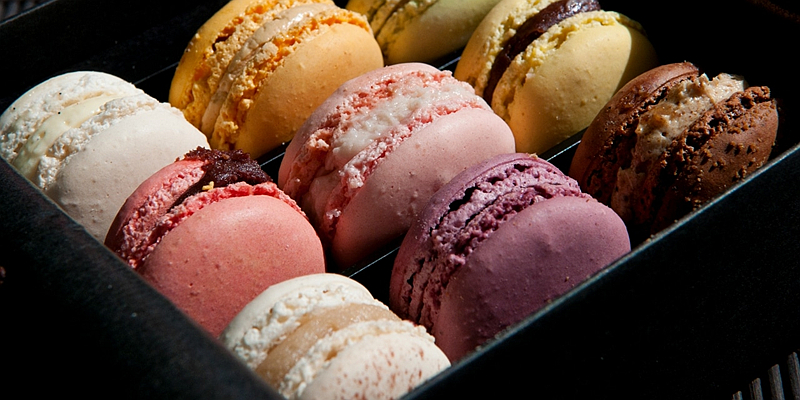
Flavor Variations
It is always fun to try out new variations, which you can do, but master the basics first. Here are some ideas:
Natural Extracts: Vanilla and other natural extracts are fantastic at providing subtle flavour to your macrons, so use them.
Colourings: Gel food colourings offer vibrant hues without adding excess liquid, which can affect the consistency of your batter.
Storage and Shelf Life
Proper storage can extend the shelf life of your macarons, ensuring they remain fresh and flavorful:
Airtight Containers: After letting them cool down to room temperature, put them in the refrigerator, but use an airtight container. This allows them to retain their crustiness and can be enjoyed for 5-7 more days.
Freezing: If you've made a large batch, macarons freeze well. The only difference from the refrigeration method is to place a layer of parchment paper among them.
Conclusion
As we wrap up our exploration into the world of French macarons, it's clear that these dainty delights are more than just a cookiethey're a testament to patience, precision, and passion. So, whether you're a novice baker or a seasoned pro, remember that the joy of macaron-making lies in the result and the process itself. Here's to many more batches, creative flavour combinations, and the sheer delight of sharing these edible works of art with friends and family. Happy baking, and may your macarons always be magnifique!

